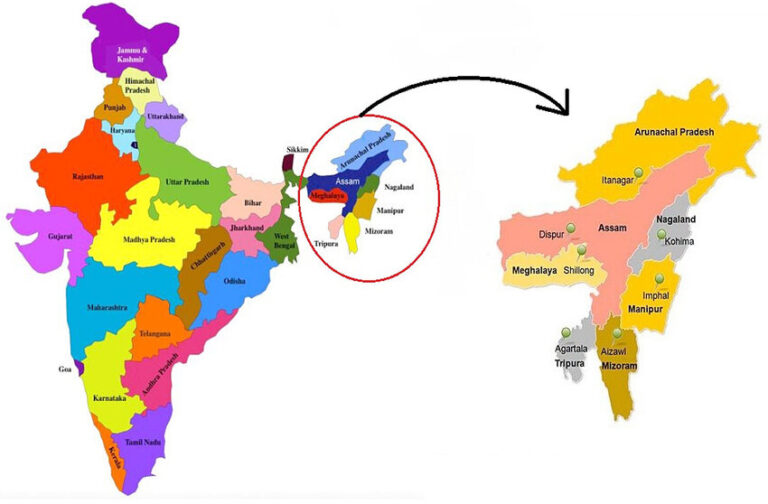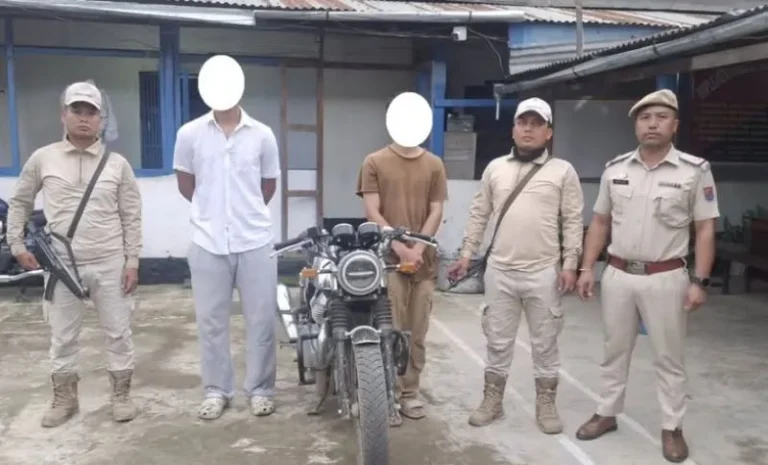IAF airlifts 5,300 kg relief to landslide-hit Churachandpur in Manipur
Summary
In response to devastating monsoon-triggered landslides that cut off connectivity in Churachandpur’s Henglep Sub‑Division since mid-July, the Indian Air Force and Assam Rifles launched Operation Sahyog on August 1, 2025. Together they airlifted over six tonnes of essential relief supplies—rice, pulses, medicines—to 18 isolated villages, reaching more than 1,500 residents across Santing, Saichang, and nearby communities along NH‑102B (Guite Road)
Operation Sahyog: How IAF Airdropped Vital Aid to Landslide-Stranded Villages in Manipur
Introduction: When the Monsoon Turns Against Us
Imagine waking up one morning to landslides blocking your only road to the outside world. That’s exactly what happened to residents of 18 villages in Churachandpur district’s Henglep Sub‑Division. With roads severed and supplies depleted, the Indian Air Force (IAF) and Assam Rifles mounted Operation Sahyog—a lifeline carved through the skies to deliver relief to over 1,500 stranded villagers. This extraordinary mission underscores both the fragility of infrastructure during extreme weather and the power of swift, coordinated action.
What Sparked the Crisis?
Between July 17 and the start of August, persistent rainfall triggered over 90 landslides along the Churachandpur–Tipaimukh Road (NH‑102B), famously called Guite Road. These slides disrupted connectivity to remote Kuki‑Zo villages like Santing and Saichang, cutting off access to food, medical supplies, and communication. That left entire communities isolated, often without warning, in a race against hunger and illness.
Launching Operation Sahyog: The Rescue Begins
On August 1, 2025, under the guidance of Governor Ajay Kumar Bhalla and coordination between multiple government departments, the Assam Rifles and IAF initiated Operation Sahyog
- IAF’s Role: Mi‑17 helicopters loaded with six tonnes of supplies—rice, pulses, medicines—took off from the 36 Assam Rifles helipad in Churachandpur. Cargo was air-dropped over designated drop zones, including the Muolhoiching helipad, in Santing, Saichang, and surrounding villages
- Assam Rifles on Ground: Troops facilitated the rapid collection and fair distribution of supplies, ensuring every household received help
Who Was Reached—and What Was Delivered?
- Villages Served: A total of 18 villages across Henglep Sub‑Division were reached despite the treacherous terrain and unpredictable monsoon conditions
- Beneficiaries: Over 1,500 residents—including elderly, children, and individuals with health conditions—received essential aid
- Relief Material: Approximately six tonnes of food (rice, pulses) and medical supplies were airdropped to meet urgent needs
Challenges Faced During the Operation
This wasn’t your typical rescue mission. The team battled:
- Rough terrain marked by landslide-scarred slopes and hampered movement.
- Unpredictable rain that persisted and threatened further slides.
- Limited visibility and tight landing zones for aerial drops.
- High stakes—every hour mattered when communities had no external aid.
Given these constraints, the success of the operation speaks volumes about preparation and inter-agency coordination
Supporting Efforts: Beyond Airlifts
Meanwhile, other relief mechanisms operated in parallel:
- Operation Jal Rahat‑II: The Indian Army, Assam Rifles, NDRF, and SDRF evacuated around 944 civilians from flood-hit Imphal East and West on June 3, distributed over 1,500 food packets and 4,000 bottles of drinking water, and set up medical camps at Wangkhei Rehabilitation Camp
- Army-led missions rescued specially-abled people, provided medical care to over 400 civilians, and supplied fresh water and hygiene guidance
- Central funding of ₹1,066 crore was released for Manipur and nearby states for flood and landslide relief, underscoring the scale of the crisis
What Comes Next: Road, Recovery & Resilience
- Road Restoration: Agencies like NHIDCL and BIPL are working to clear landslide debris along NH‑102B to reconnect the Henglep route as quickly as possible
- Sustained Support: Authorities have pledged continuous monitoring and further aid until normalcy returns.
- Long-Term Plans: Experts urge better early warning systems, climate-resilient infrastructure, and community awareness to reduce future risks.
❓ FAQs
1. What triggered Operation Sahyog in Manipur?
Severe monsoon-induced landslides from mid-July blocked NH‑102B, isolating 18 villages in Henglep Sub‑Division and cutting off access to food and medicine.
2. How many people benefited and what was delivered?
Over 1,500 villagers received aid, with more than six tonnes of essentials (rice, pulses, medicines) airdropped by IAF.
3. Which agencies coordinated this relief effort?
The operation was jointly carried out by the Indian Air Force, Assam Rifles, and district administration of Churachandpur, with oversight from Governor Ajay Kumar Bhalla and state Home departments.
4. What challenges did rescue teams face?
Operations contended with unstable terrain, unpredictable weather, limited visibility for the helicopters, and fragmented access to remote helipads under continuing rainfall.
5. What broader relief operations were active in Manipur?
Earlier, Operation Jal Rahat‑II saw mass evacuations and aid distributions by the Army, Assam Rifles, NDRF, and SDRF in flood-hit Imphal districts. Central funding and medical relief camps also supported affected communities.





